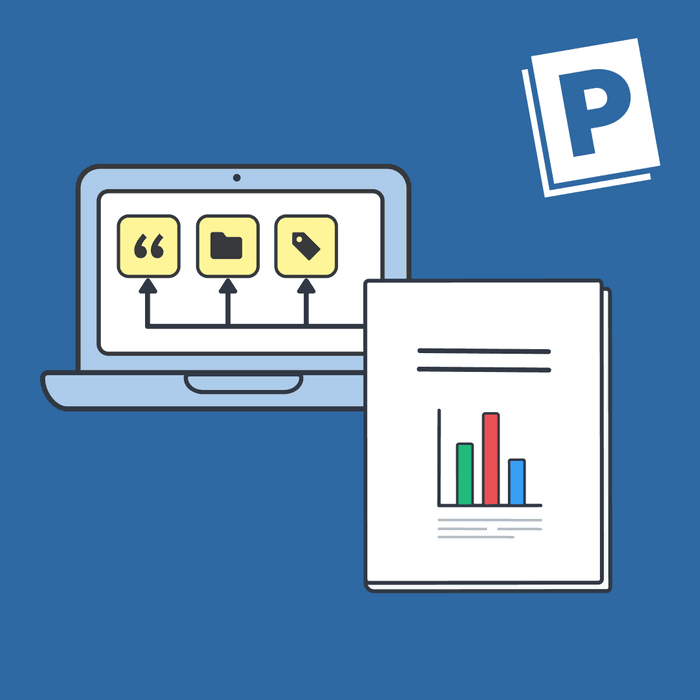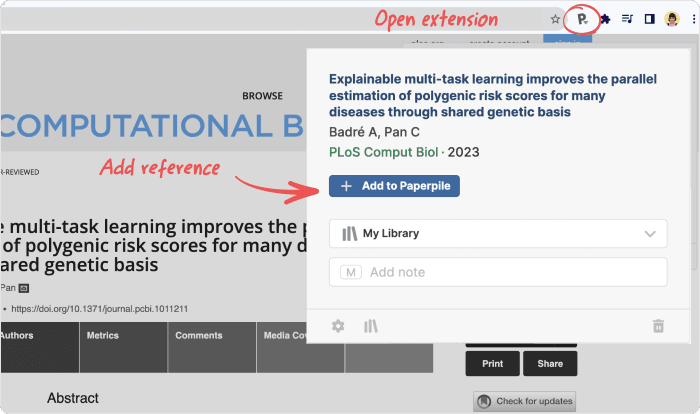What is an example of a reference manager?

Reference managers help researchers collect and organize sources and citations. There are several reference managers available that cater to different needs and preferences.
⇨ What is a reference manager?
Some examples of reference managers include:
- Paperpile: A clean, simple, yet feature-rich reference manager, Paperpile combines powerful reference management capabilities like PDF management, efficient citation formatting, annotation and note-taking capabilities, and access across multiple devices.
- Zotero: A free and open-source reference manager that offers several typical features, including integration options and support for multiple platforms.
- Mendeley: This reference manager combines reference organization, PDF management, and social networking features, allowing researchers to connect and collaborate within the Mendeley community.
- EndNote: EndNote offers typical reference management capabilities, compatibility with various databases, and advanced features for large research teams.
Some examples of tasks that a reference manager can help you accomplish include:
- Citation formatting
- Importing and exporting references
- PDF collection, organization, and annotation
- Research sharing
For example, Paperpile allows you to:
- Import references from various sources (online databases, library catalogs, and other reference managers)
- Upload and store PDFs in your personal library
- Annotate sources
- Highlight important sections
- Add notes to facilitate your reading

Paperpile also integrates with Google Docs and Google Scholar, making it easy to access and cite references directly within your documents. It also offers browser extensions for Chrome and Firefox, allowing you to save references from webpages with a single click.
What users say:
“Paperpile does everything I need it to, especially annotations, simply and easily.” —PhD student, University of Michigan
“Paperpile is a great tool for organizing papers across multiple devices.” —Graduate Research Assistant, INRS-EMT